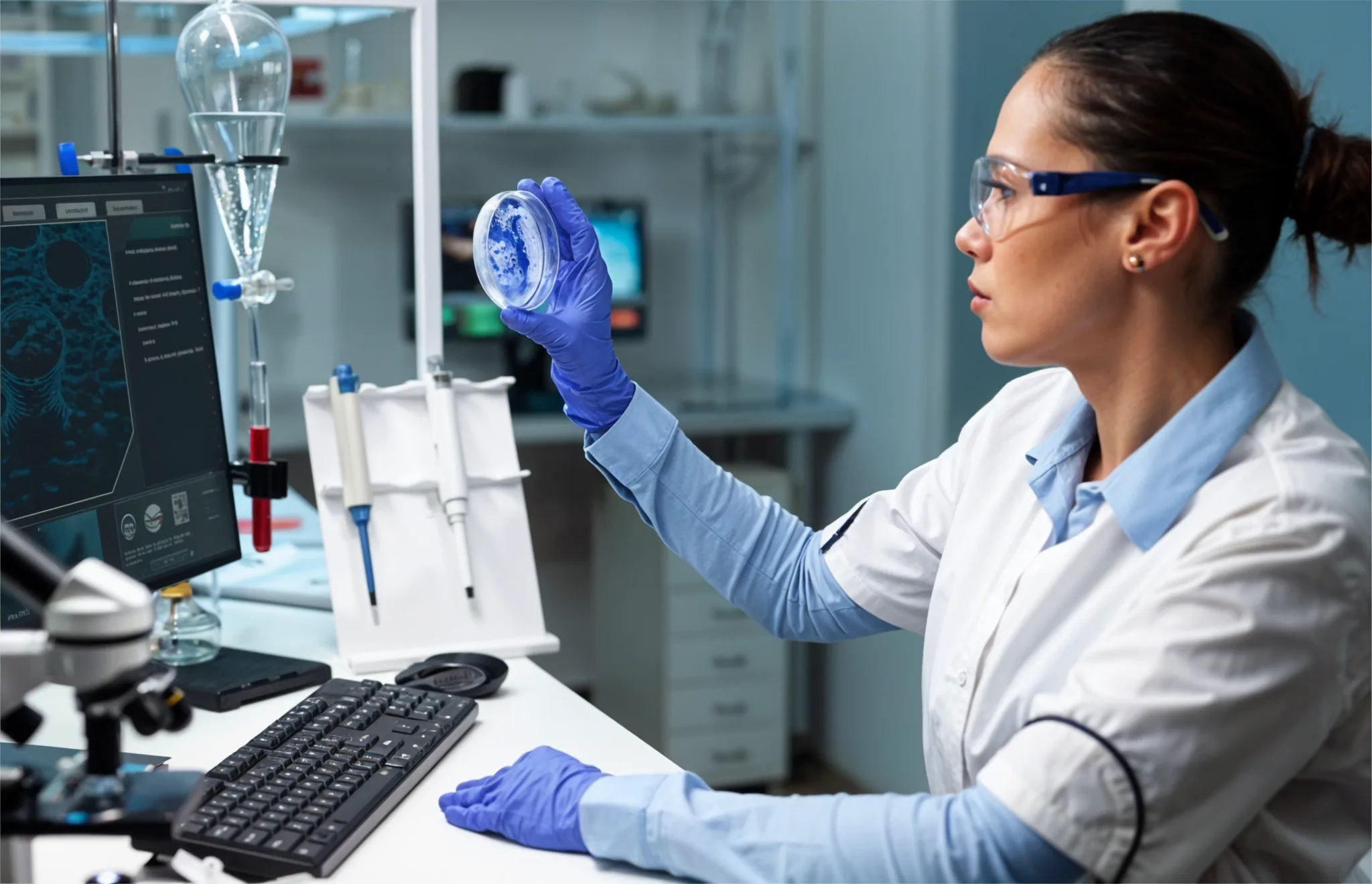What if you were fighting an illness that was so uncommon that few physicians knew about it and no companies conducted research on it?
Millions of people deal with conditions that frequently go undiagnosed and untreated daily. The story is being rewritten by a fearless biotech inventor who has raised an unbelievable $1 billion to develop therapies for uncommon diseases. It’s more than simply money. It’s about bringing hope to individuals who have been overlooked.
Dr. Ayesha Khan: A Biotech Innovator and Pioneer
Dr. Ayesha Khan is a biotech innovator and pioneer who is unafraid to take risks. With a heart as big as her passion, she is working to bring attention to uncommon diseases overlooked by the general public.
Dr. Khan’s biotech business, which has received an incredible $1 billion in funding, offers a ray of hope for millions of people.
Think how a single investment, a daring gamble on science, can change the fate of countless people suffering from rare diseases.
Why Only Rare Diseases?
Why not the more common diseases that people suffer from? It’s personal for Dr. Khan. She witnessed the terrible toll these illnesses can have on families, whose lives are completely disrupted by a genetic lottery they never consented to.
Over 7,000 rare diseases are known to exist, and only a small percentage of people are affected by each, according to the National Institutes of Health.
Patients often feel alone and left out as a result of this, which frequently ends in little financing and little research.
Breaking the Mold
About 10% of people worldwide suffer from rare diseases, yet there are currently few therapeutic choices available for them, with 95% of these conditions lacking FDA-approved treatments.
This innovative leader saw this gap and decided to address what others thought was “too complex.”
A future where uncommon diseases aren’t a death sentence is now conceivable thanks to their partnerships with leading academic institutions and the use of genetic engineering.
The Journey of Raising $1 Billion
It calls for more than simply convincing to get $1 billion for biotech research. It’s about showcasing a mission that resonates.
Funds from a variety of government programs, charitable organizations, and private investors are supporting this ground-breaking research.
Approximately 60% of this billion-dollar investment is focused on cellular and genetic therapies, which are medicines that can change how genetic diseases evolve. Families who have been waiting years for answers are finding a ray of hope as a result of this cash infusion, which is speeding up research.
Stories of Change
Patients are seeing genuine change as a result of this biotech leader’s work moving from the research facility to the hospital.
For example, early trials indicate promise in the treatment of uncommon genetic disorders that impact motor function, such as spinal muscular atrophy. These medicines are customized to each patient’s specific genetic makeup, establishing the standard for treatments that are not only effective but also life-changing.
The Future Looks Bright: Hope for Millions
Leading a change in the industry’s approach to rare conditions, this biotech pioneer has multiple medicines in clinical trials already.
Restoring the lives of millions of people is a genuine purpose, rather than just a commercial move.
Every dollar given puts them one step closer to a future where no one has to battle alone, as they keep pushing for better financing, research, and patient-centered solutions.
A Billion-Dollar Mission for Change
Beyond just medical advancements, this biotech visionary’s path highlights the strength of purpose-driven research. Even the biggest challenges can be overcome with bravery, empathy, and a dash of courage.
But raising $1 billion was more than simply a financial milestone. It was an appeal for unity for those who think research can be a positive force.
With every dollar spent and every innovation developed, they are changing the way that people deal with these illnesses and giving patients and their families hope that they haven’t had before.
This is about rethinking how we perceive, treat, and eventually cure uncommon diseases, instead of just pushing the limits of biotechnology. Every advancement puts us one step closer to a future in which no patient is left in the dark and no disease is too complex to be cured.
It’s only the beginning, but for people affected by rare diseases, that billion-dollar ambition means everything.









